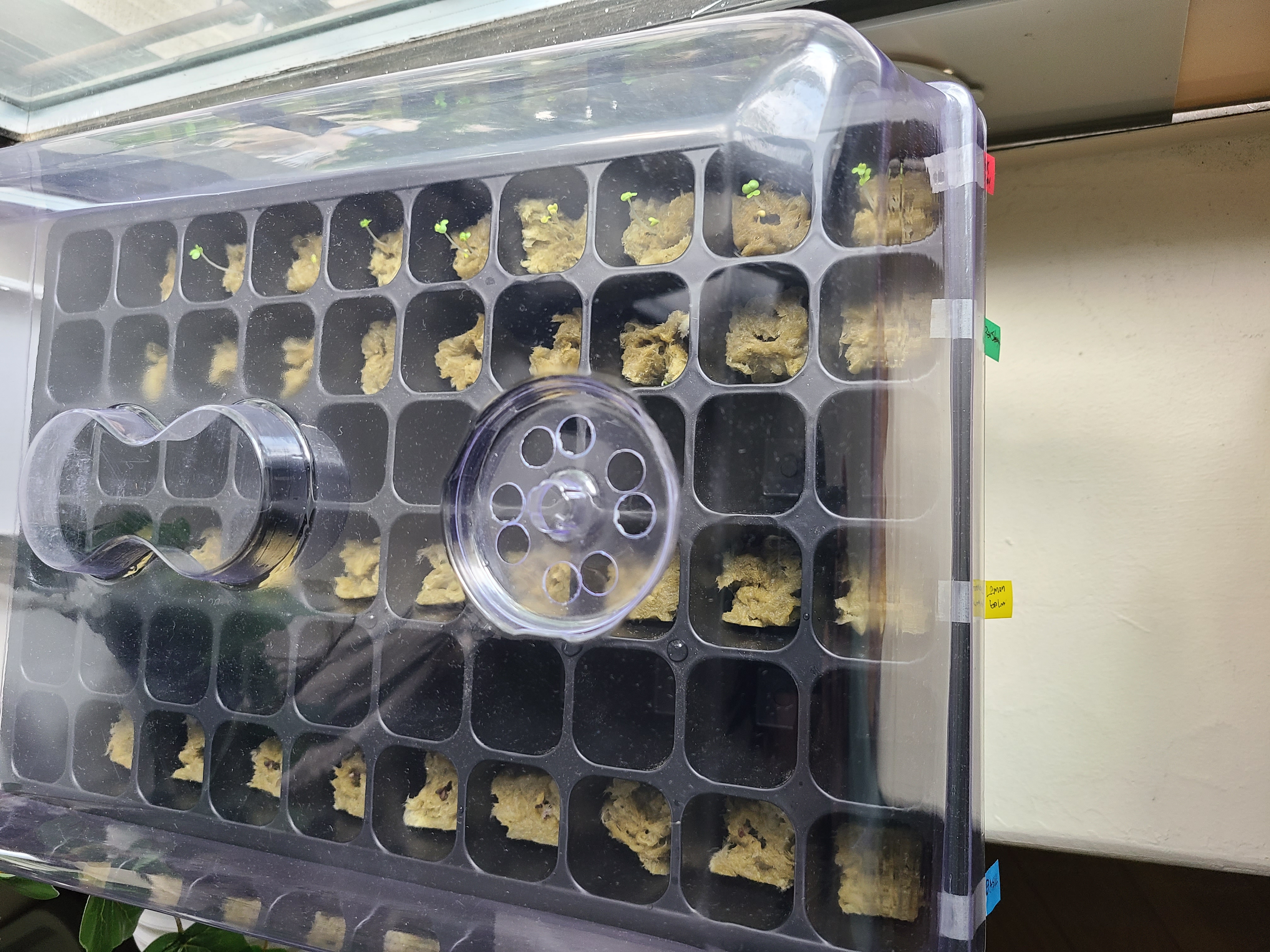Case Study
Introduction to Agech!
Throughout the 10 weeks, The Urban Wild provided free hands-on interdisciplinary job training in agriculture science, website development and construction skills to help us build our very own hydroponics system in our home! Our missions was to plan out how to build a space efficient, sustainable, replicable, and affordable method to grow vegetables. Each of us was given a stipend of $750 dollars to complete the hydroponics system and to report each of our own progress, records and experience.
This is my experience with my vertical NFT System!
First off what is a NFT hydroponic system? NFT stands for Nutrient film technique, NFT is a soil-less farming technique that is often used to grow smaller and quick growing plants like lettuce and herbs. Commercial growers also use this system as it easy to upscale into large vertical commerical farming systems that grow herbs, baby greens, lettuce, and sometimes strawberries.
There are various ways to design a nutrient film technique system; however, all of them take after the design of a very shallow nutrient solution pouring down through the pvc tubes. The bare roots of the plants will absorb the nutrients and salts in the solutions when they come into contact with the water with the help of water pump that provides a constant flow of water throughout the whole system.
I decided to go with the vertical NFT system because I had enough space for my growing operation and had direct access to 10 hours sunlight from two large windows in my living room apartment. Budget was not a conceern as it was my intention going into this that i wanted to continue to upscale (vertically) on my first NFT system to grow more leafy greens such as spinach, chinese broccoli, diferent herbs, and eventually getting into growing my own Marijuana.
What do you need to build a Nutrient film technique system? (NFT)
- A reservoir: To contain the nutrient solution
- Water pump and vinyl tubes: To distribute water from the nutrient pump to the NFT growing tubes
- PVC Channels: For the plants to grow in
- Net pots to contain plants
- growing media to start seedlings in Return system (tubing, channel): to guide the used nutrient solution back to the reservoir
- led lights
- PH and EC tester
In my needs assessment I had to consider some factors and limitations before choosing what method of hydroponics growing system I wanted to stick with all the way.
-
Pros of nft system:
- Plant roots can maintain a uniform PH and conductivity
- Easy to inspect roots for a sign of disease
- Low water and nutrient consumption
- Relatively easy to disinfect roots and hardware
-
Cons of NFT system:
- If the flow of nutrient solution stops, the roots will dry out and become stressed very quickly
- The channels can become blocked by roots of vigorous-growing plants
- Pump failure can cause death of crops in a few hours, especially in hot weather!!
- Not suitable to grow plants with large tap-root systems like carrots,beets and potatoes
I had 48inches (L) x 28inches (W) x102inches (H) of growing space, which made it favorable to go with a tall growing system.
I went along with a premade NFT system because it less time consuming and more cheaper than buildng the setup
myself from scratch. In the future I do look foward to building my own NFT system to better personalize it to my own needs and preferences such as color, shape, angle of the pvc channels to better allow the water to flow more efficiently.
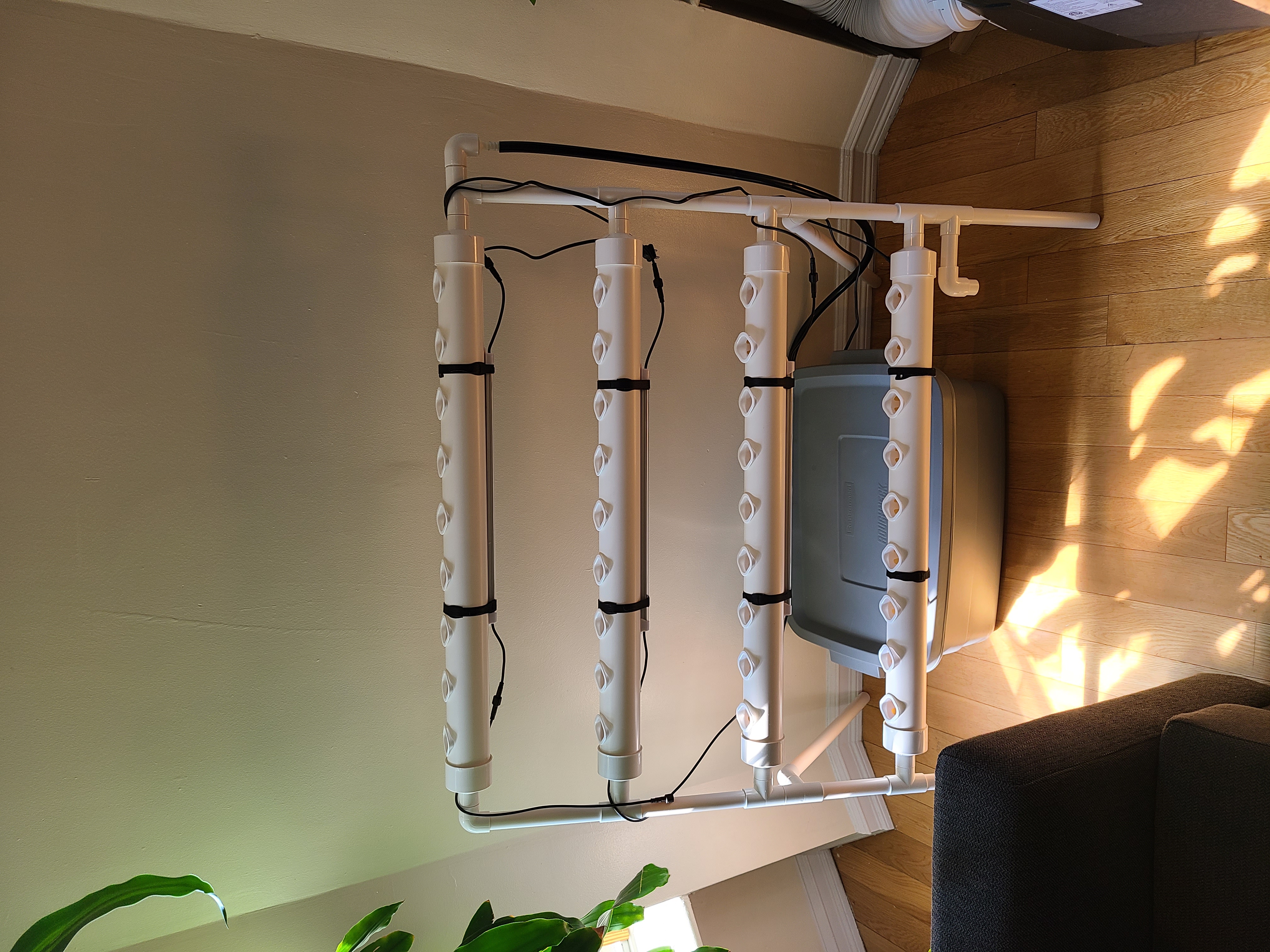
Running into issues along the way
During week 2-6 my plans were almont in jeopardy due to a large leak that occurred in my bedroom. I had to
move all my bedroom furniture into the living room to wait until management sent a carpenter to fix the wall
and ceiling. We had to wait one month for someone to fix the water damage and mold! During that stressful
situation it caused me to consider possibly changing my plans due to uncertainty of having my original grow
site taken due to limited space in the living room and bedroom.
Another issue I had to consider was rare electrical blackouts (in the summer) and wifi drop outs due to
maintenance or high traffic times.
How to mitigate these problems?
- Space: Once the wall was fixed, I immediately moved my Furniture back into the bedroom. Throughout the process of reorganization I also took the opportunity to clean upand sanitize my growing space and windows. I also set up a cable managment system to keep all my devices cables organized and dedicated a storage space underneath my sleeper couch.
- Pest: Out of nowhere in my ceiling fixture there was a nest of spider bettles taking over my living room ceiling! I quickly sealed any holes and laid glue traps around my grow site. Also invested in an electric fly swatter to kill pesky flies.
- Electric Consumption: In the peak summer HEAT my electricity bill went up so much that it made me concerned about having so many devices plugged in all the time. One way I mitigated these problems was to invest in wall outlet timers and energy efficient led lights.
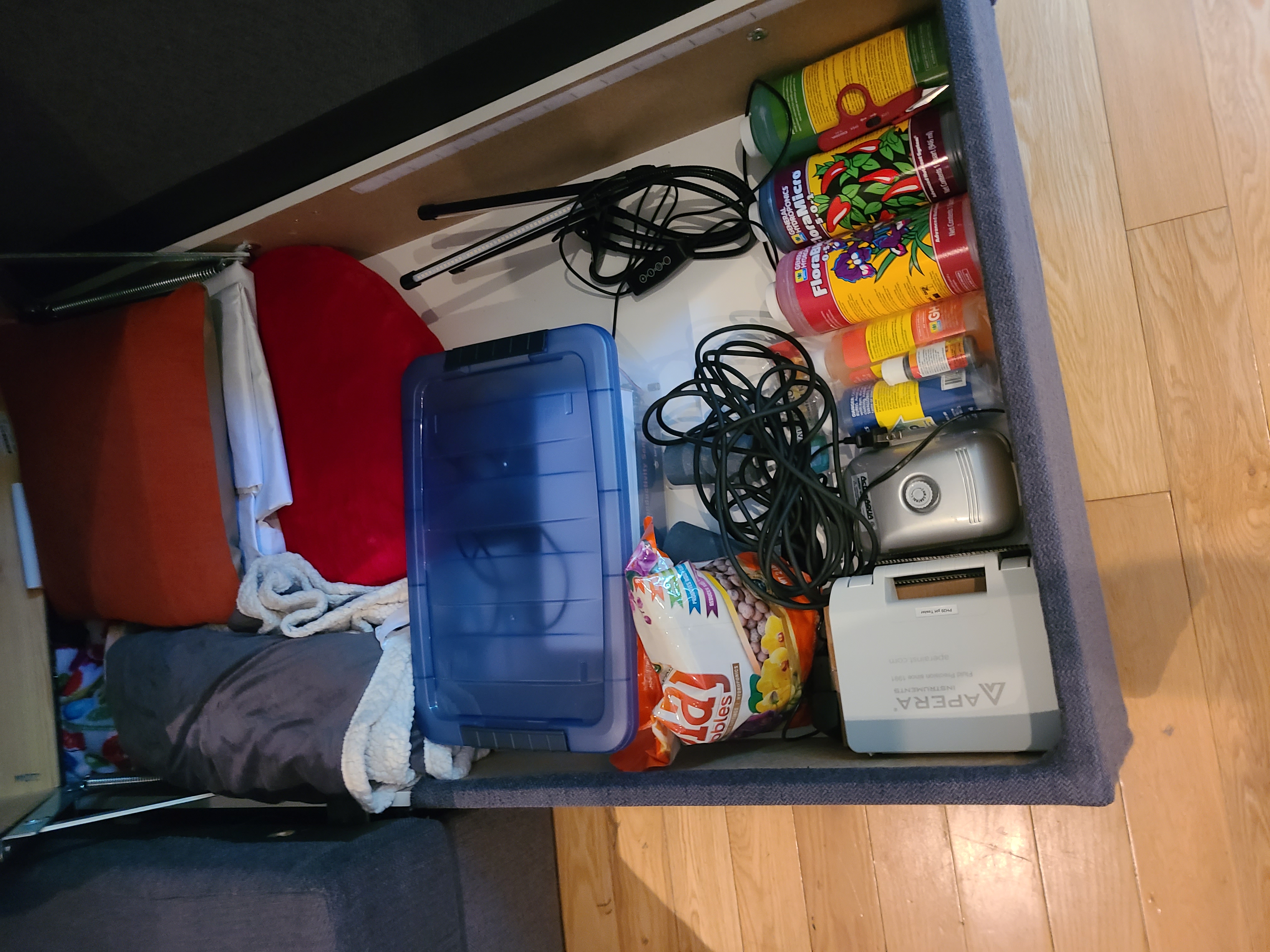
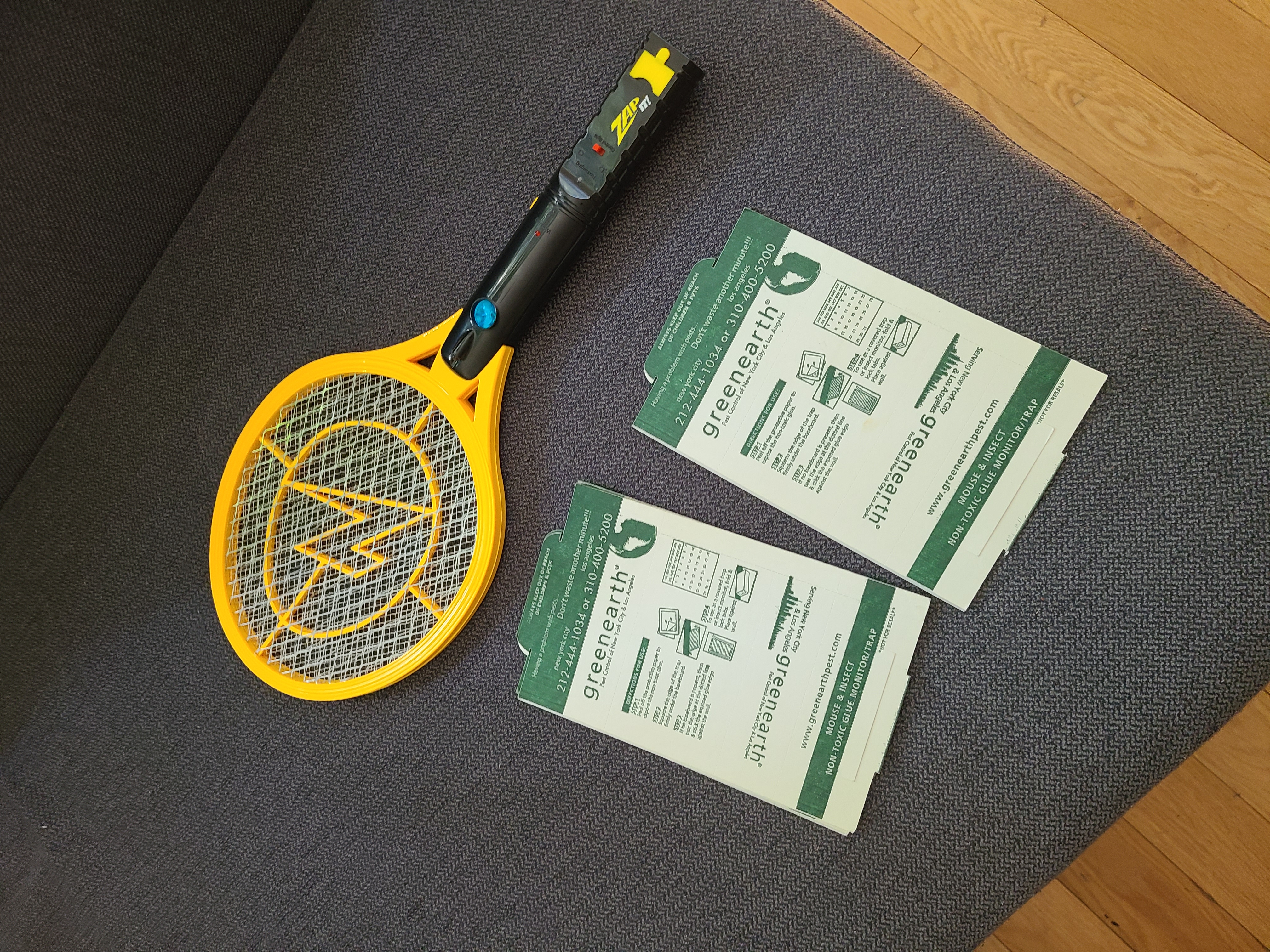
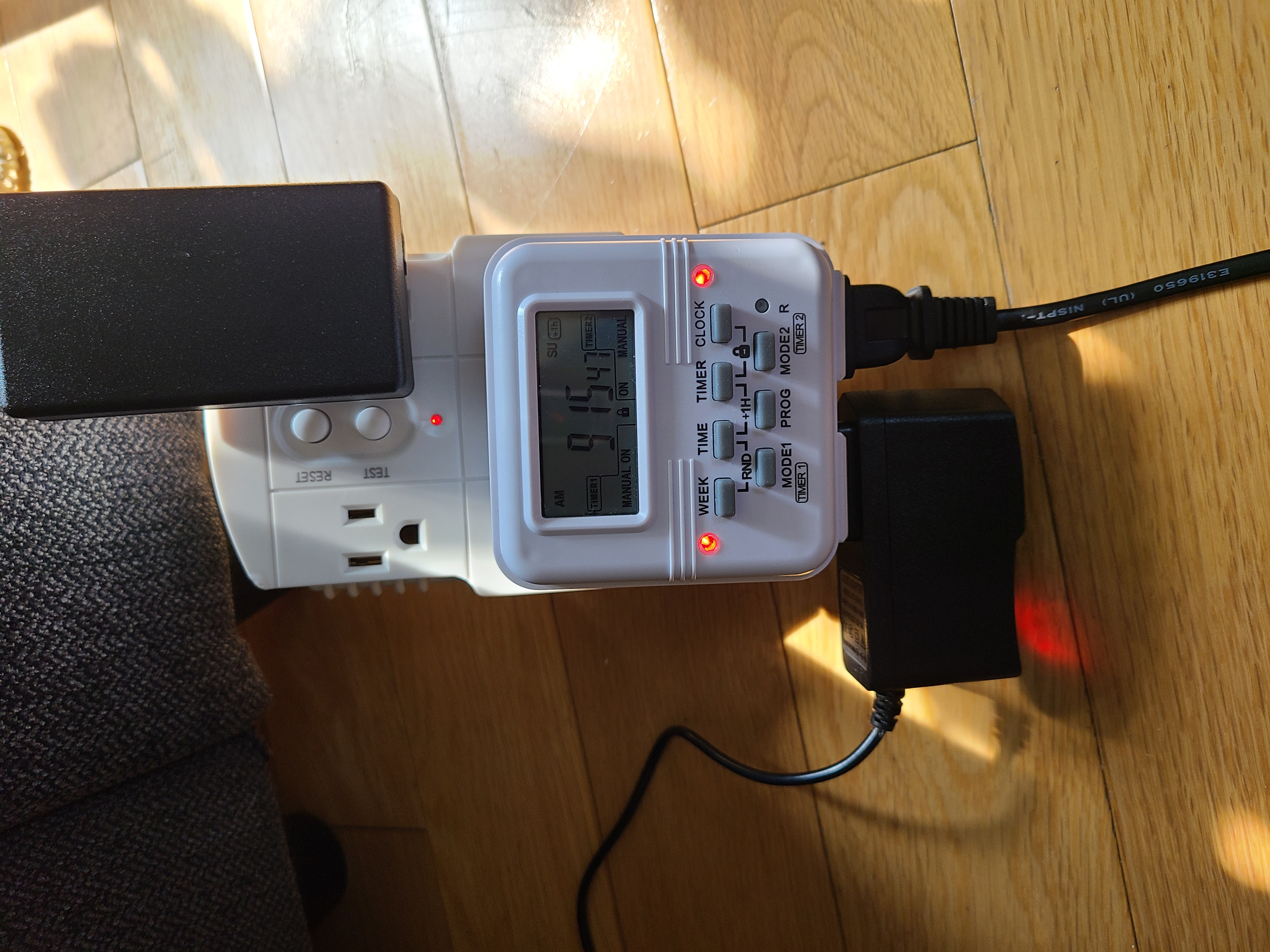
What crops did I choose?
I picked various Herbs and Bok Choy because they were very easy to grow and something easy to start with as a beginner in ?Hydroponics. These Herbs I commonly use in my kitchen all the time in teas and recipes.
- The crops i picked:
- Herbs: Basil (Ocimum basilicum)
- Parsley (Petroselinum crispum)
- Cilantro (Coriandrum sativum)
- lemon balm (Melissa officinalis)
- and lastly leafy greens: Bok choy ((Brassica rapa chinensis)
I choose these crops because they are compatibile with the same growing conditions such as PH levels, EC, and room temperature.
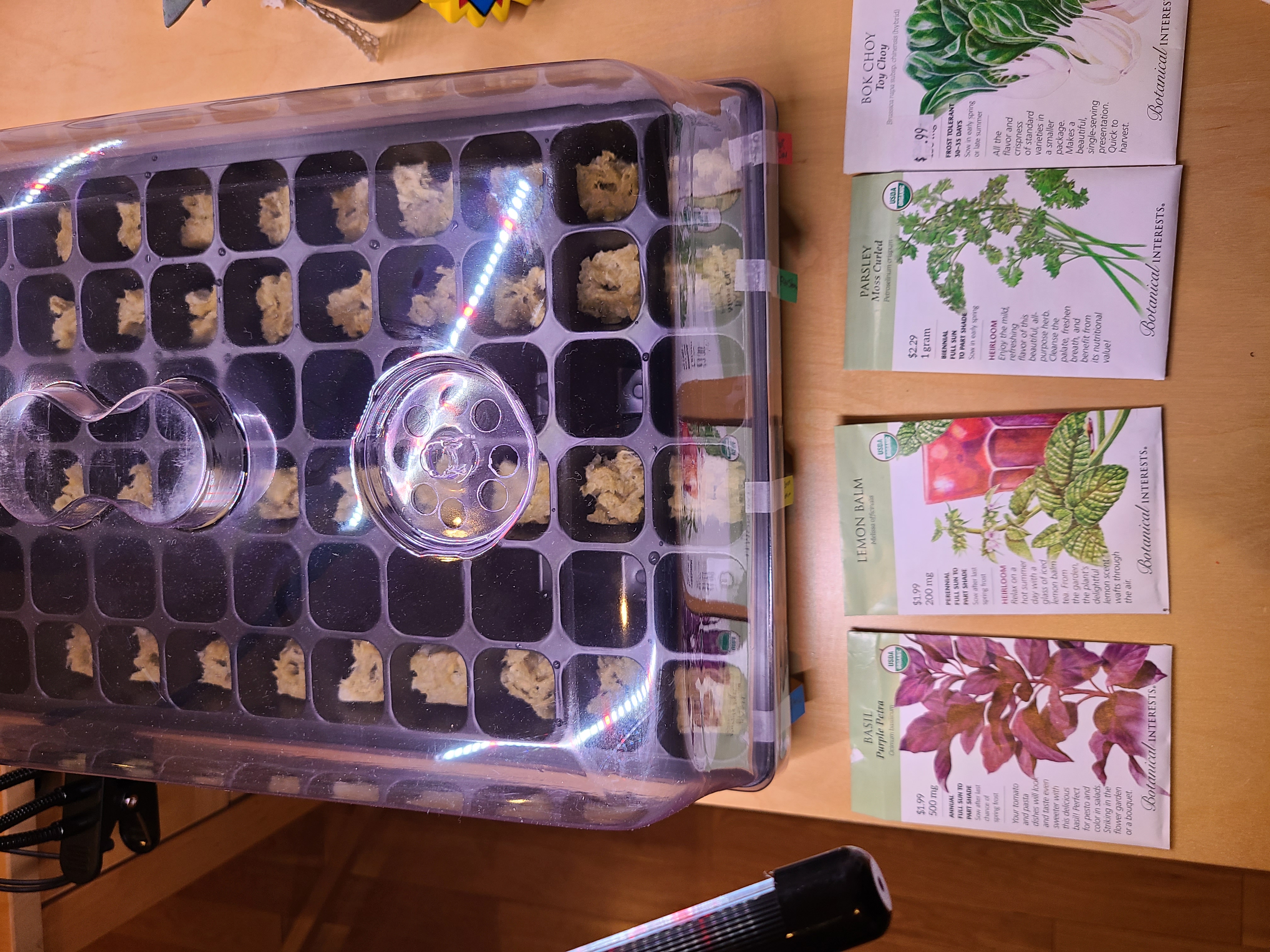
More to come!
My seeds hav started to sprout and are looking healthy! I am expecting to start to move my sprouted plants and herbs and bok choy into the nft system within this coming weeks!
